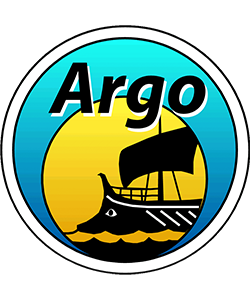Carol Brieseman regularly discusses Argo floats in her classroom and wrote an article in New Zealand Science Teacher about how to incorporate science related to Argo in the classroom. Here is a picture of a student making a cartesian diver to explore buoyancy of floats. There is also a diagram of an Argo float with ice-detection software.
Here is an exerpt from the November 2015 article:
Argo floats are a very cool technology that measures temperature and salinity in our oceans. We need this information to help us with climate, weather, and ocean research. Argo floats are also a fabulous way to engage our budding scientists with the Nature of Science in the classroom through investigating, gathering real-time data, relating concepts of buoyancy and circuits with simple science experiments and learning more about how Argo floats work. Argos are like underwater robots. There are over 3800 of them in our oceans! They float at a depth of 1000m (1km) for 9 days, then sink down to a depth of 2000m (2km) on the 10th day before they come up to the surface. On its way up, an Argo float measures temperature and salinity through the water column. Once it’s on the surface, it transmits that data to a satellite and then repeats the process, sinks back down to 1000m, spends another 9 days drifting around, following the ocean current.

